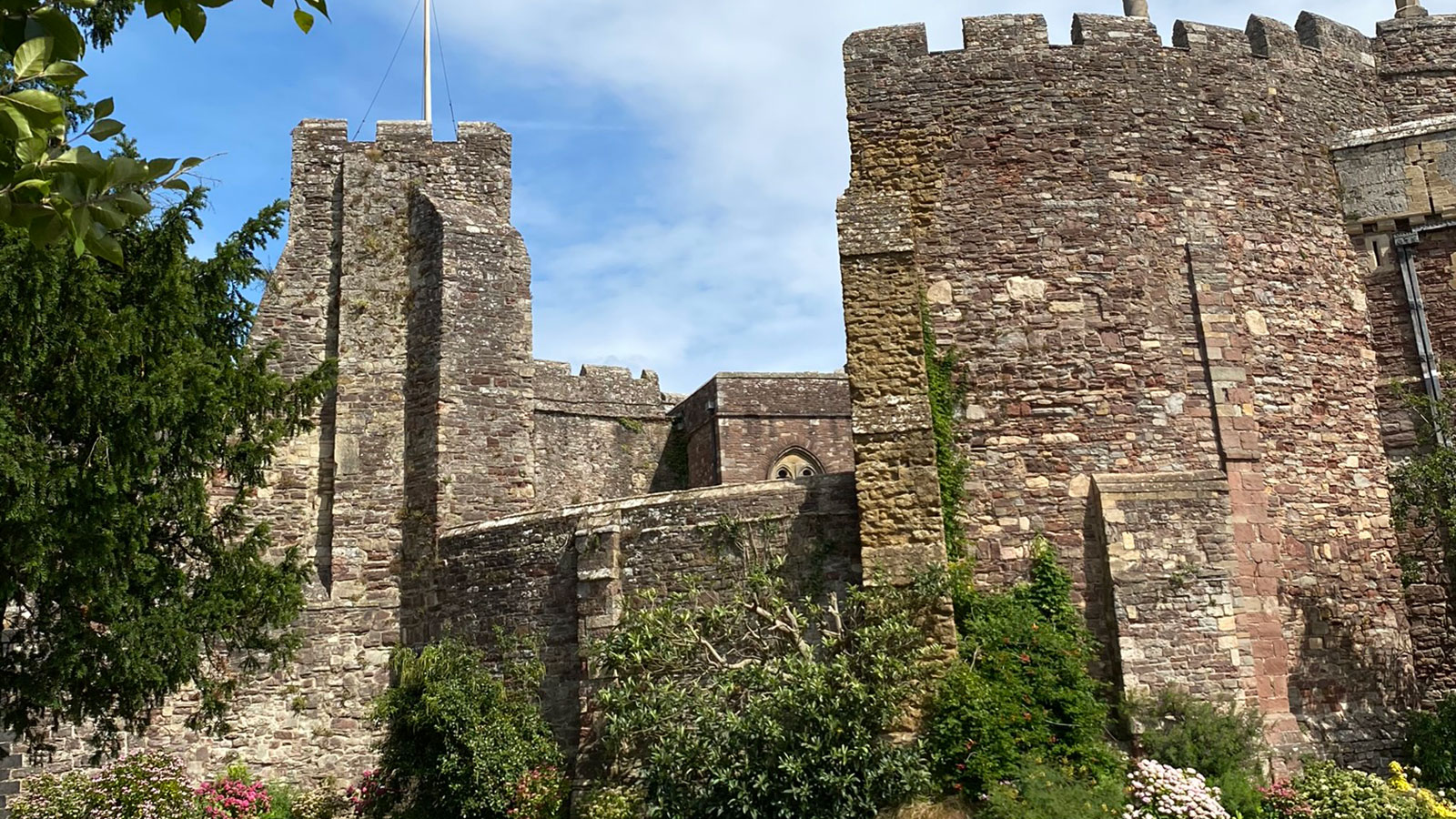
Berkeley Castle news
The English Civil War marked a turbulent period in the history of Berkeley Castle.
Find out moreAugustus, 4th Earl of Berkeley, commanded a regiment at the Battle of Culloden on 16th April 1746.
Read moreA sculptural fragment from Nonsuch Palace has recently been identified at Berkeley Castle.
Read moreIn anticipation of the coronation of our new King, we take a look at five coronations and the role of the Berkeley family
Find out moreThe ‘Clerk of the Kitchen Accounts’ in the Berkeley Castle archives gives us insight into what the Berkeley family and their guests were eating in Elizabethan times
Find out more